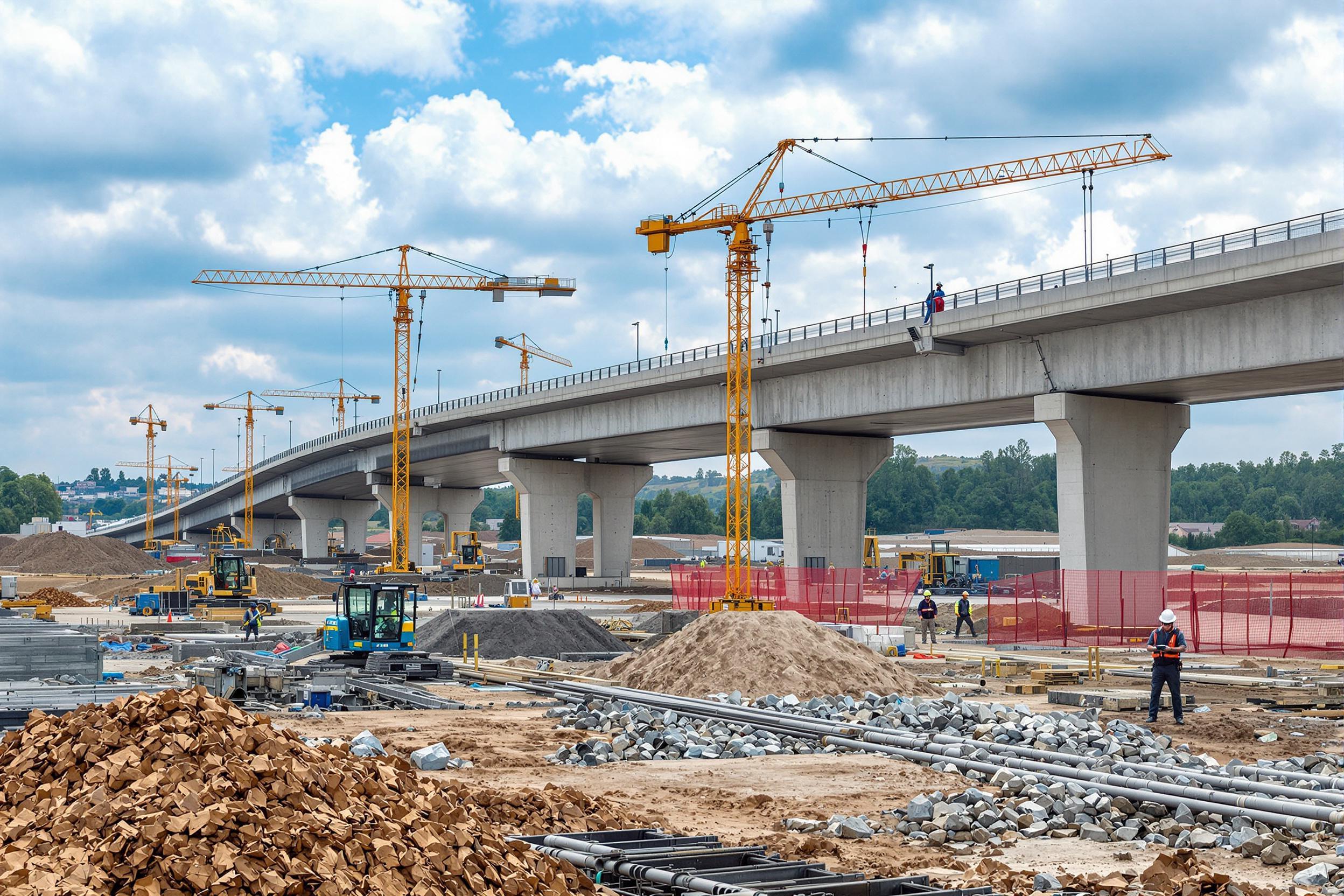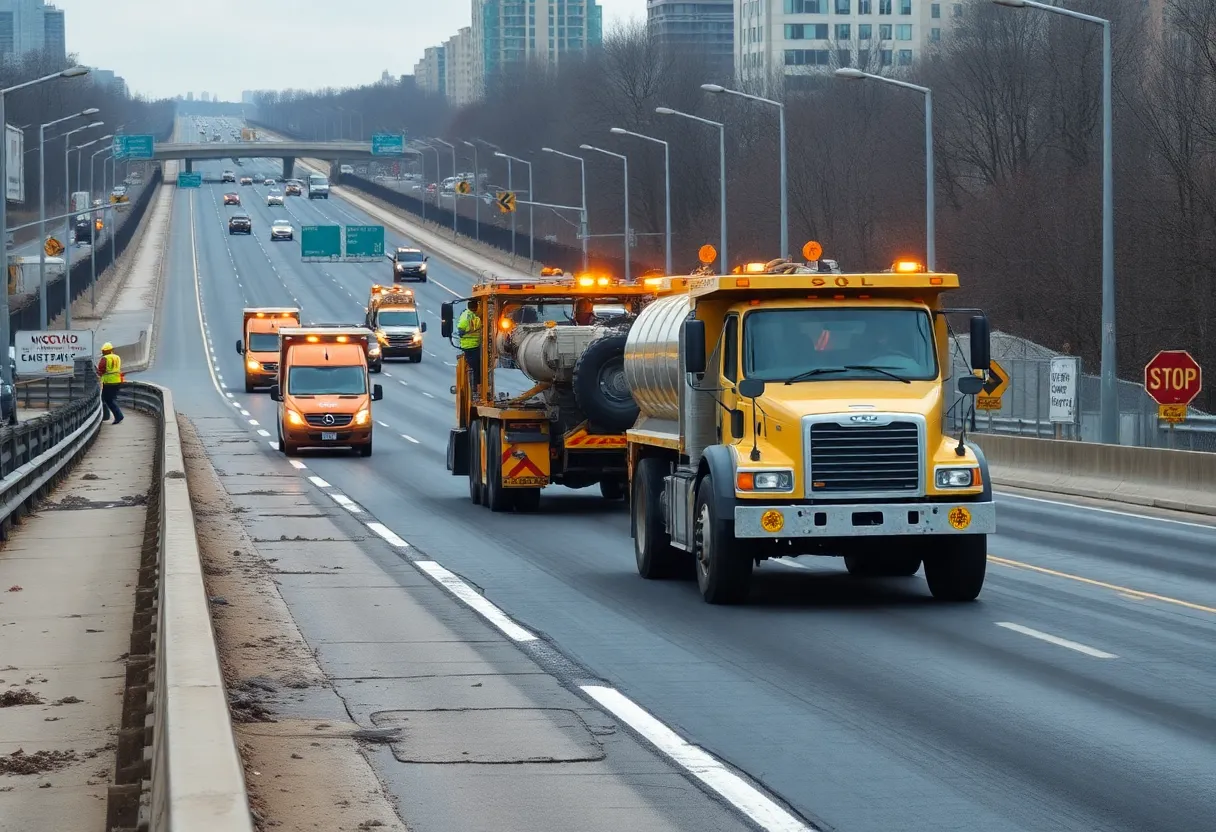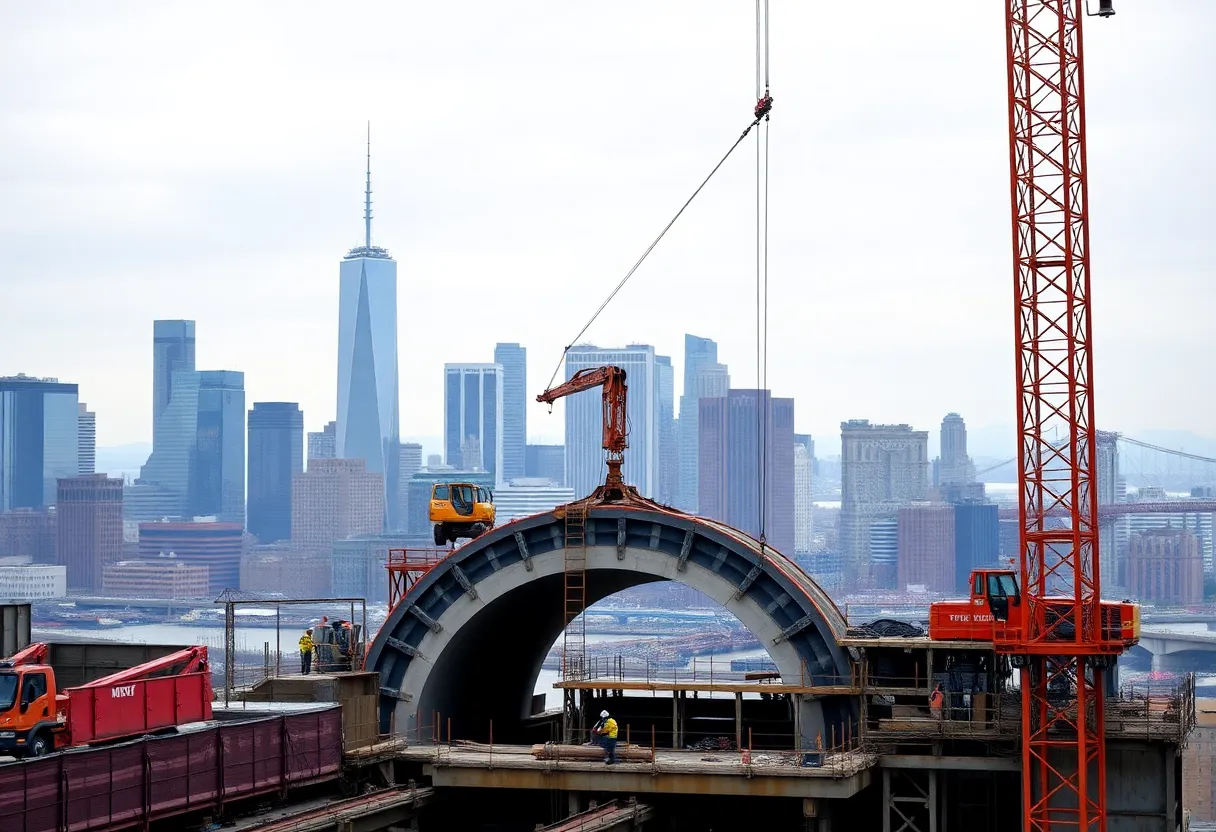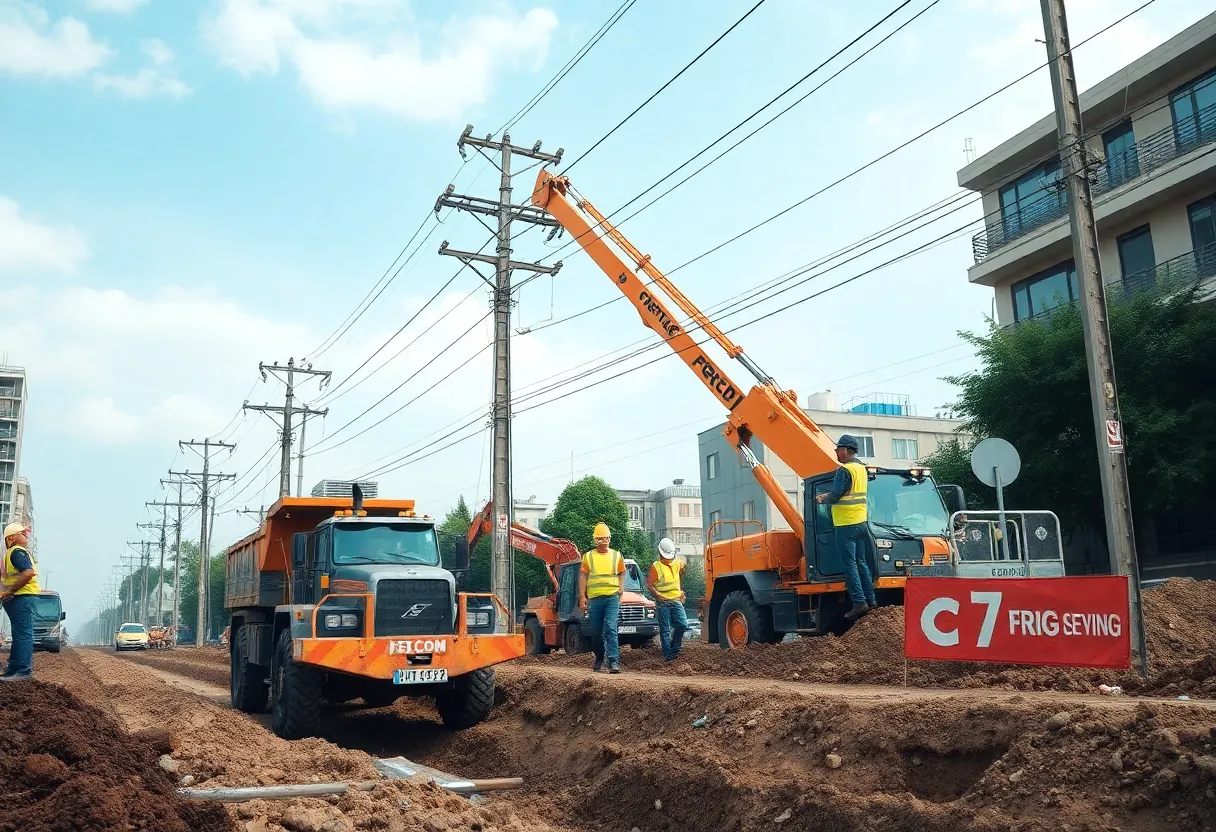Paving Progress: Top Road and Bridge Construction Trends in 2025
In 2025, the road and bridge construction industry is undergoing a transformative evolution, driven by cutting-edge technologies, sustainable practices, and a pressing need to adapt to a changing climate. From smart infrastructure to climate-resilient designs, these trends are redefining how we build, maintain, and interact with transportation networks. This post dives into the innovations shaping our highways and bridges, the sustainable materials reducing environmental impact, and the conversations buzzing across social platforms like X, where industry leaders are forging partnerships and sharing insights.
Smart Infrastructure: The Pulse of Roads and Bridges
Smart infrastructure is at the heart of 2025’s transportation revolution. Internet of Things (IoT) sensors embedded in pavements and bridge decks are collecting real-time data on traffic flow, structural integrity, and environmental conditions. These sensors monitor everything from vehicle counts to micro-cracks in concrete, enabling predictive maintenance that prevents costly repairs. For example, Singapore’s Smart Mobility 2030 project uses IoT-enabled traffic sensors to optimize traffic flow, reducing congestion through AI-driven signal adjustments. Similarly, Malaysia’s flood-prone regions employ IoT sensors to track water levels on bridges, sending alerts to reroute traffic during heavy rains.
Vehicle-to-infrastructure (V2I) communication is another game-changer. Roads equipped with V2I systems “talk” to autonomous vehicles, sharing data on road conditions, traffic signals, and hazards. This integration allows self-driving cars to make real-time adjustments, enhancing safety and efficiency. In Thailand’s Eastern Economic Corridor, smart highways use V2I to support automated toll collection and traffic management, paving the way for seamless autonomous vehicle integration. These advancements are reshaping roadway design, with wider lanes and dedicated corridors for self-driving cars becoming standard to accommodate their precise navigation needs.
Modular Construction and 3D Printing: Building Faster, Smarter
Traditional construction methods are giving way to modular construction and 3D printing, which are accelerating project timelines and unlocking new design possibilities. Modular construction involves prefabricating bridge or road sections off-site, then assembling them like giant Lego pieces at the construction site. This approach minimizes traffic disruptions and reduces on-site labor. Thailand’s Eastern Economic Corridor smart highway, for instance, leverages modular techniques to enhance construction speed and quality, completing projects in weeks rather than months.
3D printing takes innovation a step further by producing complex components on-demand. Engineers can print intricate bridge parts or customized road segments with precision, reducing material waste and enabling designs that were once cost-prohibitive. In 2025, 3D-printed concrete elements are being used to create lightweight, durable bridge supports with unique geometries that enhance structural performance. These technologies not only speed up construction but also align with sustainability goals by minimizing resource use and emissions.
Sustainability: Greening the Road Ahead
Sustainability is no longer an afterthought—it’s a core principle in 2025’s infrastructure projects. Low-carbon concretes, such as geopolymer and ultra-high-performance concrete (UHPC), are gaining traction for their reduced carbon footprint and superior durability. These materials, often blended with fly ash or slag, emit significantly less CO2 than traditional concrete while offering enhanced strength. Recycled aggregates, like reclaimed asphalt pavement (RAP) and recycled concrete aggregates (RCA), are also becoming standard, repurposing waste from old roads into new ones. India’s mandate to incorporate recycled plastic into asphalt mixtures is a standout example, with a single kilometer of plastic road diverting approximately 1 million plastic bags from landfills.
Solar-integrated bridge surfaces are another bold step toward sustainability. Bridges equipped with photovoltaic panels generate clean energy to power streetlights or nearby infrastructure, as seen in Thailand’s solar-powered highway lighting systems. These green practices reduce environmental impact while lowering long-term operational costs, creating a win-win for governments and communities.
Climate-Adaptive Design: Building for a Resilient Future
As climate change intensifies, resilient infrastructure is a top priority. Flood-resistant bridges, designed with elevated decks and scour-resistant foundations, are being deployed in flood-prone regions like Vietnam, where the My Thuan 2 Bridge uses IoT sensors and eco-friendly materials to ensure longevity. Temperature-flexible materials, such as fiber-reinforced polymers and self-healing concrete, allow bridges to expand or contract with heat without cracking. Self-healing concrete, pioneered by researchers like Nemkumar Banthia, automatically repairs minor cracks, extending infrastructure lifespan and reducing maintenance costs.
Retrofitting strategies are also critical for future-proofing existing infrastructure. Engineers are upgrading older bridges with climate-adaptive materials and IoT sensors to monitor structural health, ensuring they can withstand extreme weather events. These designs reflect a shift toward infrastructure that not only survives but thrives in the face of rising temperatures, heavier storms, and shifting environmental conditions.
Industry Buzz: Conversations and Partnerships on X
On X and other social platforms, transportation agencies, contractors, and technology providers are actively discussing these trends, forming partnerships, and sharing success stories. The American Society of Civil Engineers (ASCE) frequently posts about the 2025 Infrastructure Report Card, highlighting the need for resilient bridges and sparking debates on funding priorities. Contractors like MFS Engineers & Surveyors share updates on innovative materials like carbon fiber-reinforced polymers, engaging with followers on their potential to revolutionize bridge construction.
Technology providers, such as Skycatch, are driving conversations about drones and digital twins, which simulate road performance before construction begins. These posts often attract comments from transportation agencies seeking to adopt similar technologies. Public-private partnerships (PPPs) are a hot topic, with users praising collaborations like Singapore’s Smart Nation initiative for integrating AI and IoT into infrastructure. However, some X users express skepticism about the high costs of smart infrastructure, urging governments to balance innovation with affordability. These discussions are shaping the industry’s direction, fostering collaboration, and amplifying the call for sustainable, resilient infrastructure.
The road and bridge construction industry in 2025 is a dynamic blend of technology, sustainability, and resilience. By embracing smart infrastructure, modular construction, green materials, and climate-adaptive designs, the sector is paving a path toward a safer, more efficient, and environmentally conscious future. As conversations on X continue to evolve, they reflect an industry eager to innovate while addressing the challenges of urbanization, climate change, and budget constraints.
FAQ: Key Takeaways on 2025 Road and Bridge Trends
What is smart infrastructure in road and bridge construction?
How are modular construction and 3D printing changing construction?
What sustainable materials are used in 2025?
How does climate-adaptive design improve infrastructure?
What are industry leaders discussing on X?
A Deeper Dive: Key Players and Technologies
- American Society of Civil Engineers (ASCE): A professional organization advancing civil engineering, known for its Infrastructure Report Card. X: @ASCEorg
- MFS Engineers & Surveyors: A multi-discipline consulting firm specializing in innovative bridge materials and designs. X: @MFSEngineers
- Skycatch: A California-based company developing drones and digital twins for construction site modeling. X: @Skycatch
- Nemkumar Banthia: A civil engineering professor at the University of British Columbia, pioneering self-healing concrete. X: Not available
- Smart Mobility 2030: Singapore’s initiative integrating IoT and AI into transportation systems. X: Not applicable
- Eastern Economic Corridor (EEC): Thailand’s high-tech industrial hub featuring smart highways. X: Not applicable
- My Thuan 2 Bridge: A Vietnamese bridge project using IoT and eco-friendly materials. X: Not applicable
Author: Construction NY News
The NEW YORK STAFF WRITER represents the experienced team at constructionnynews.com, your go-to source for actionable local news and information in New York and beyond. Specializing in "news you can use," we cover essential topics like product reviews for personal and business needs, local business directories, politics, real estate trends, neighborhood insights, and state news affecting the area—with deep expertise drawn from years of dedicated reporting and strong community input, including local press releases and business updates. We deliver top reporting on high-value events such as the New York Build Expo, infrastructure breakthroughs, and cutting-edge construction technology showcases. Our coverage extends to key organizations like the Associated General Contractors of New York State and the Building Trades Employers' Association, plus leading businesses in construction and real estate that power the local economy such as Turner Construction Company and CMiC Global. As part of the broader network, including constructioncanews.com, constructiontxnews.com, and constructionflnews.com, we provide comprehensive, credible insights into the dynamic construction landscape across multiple states.





